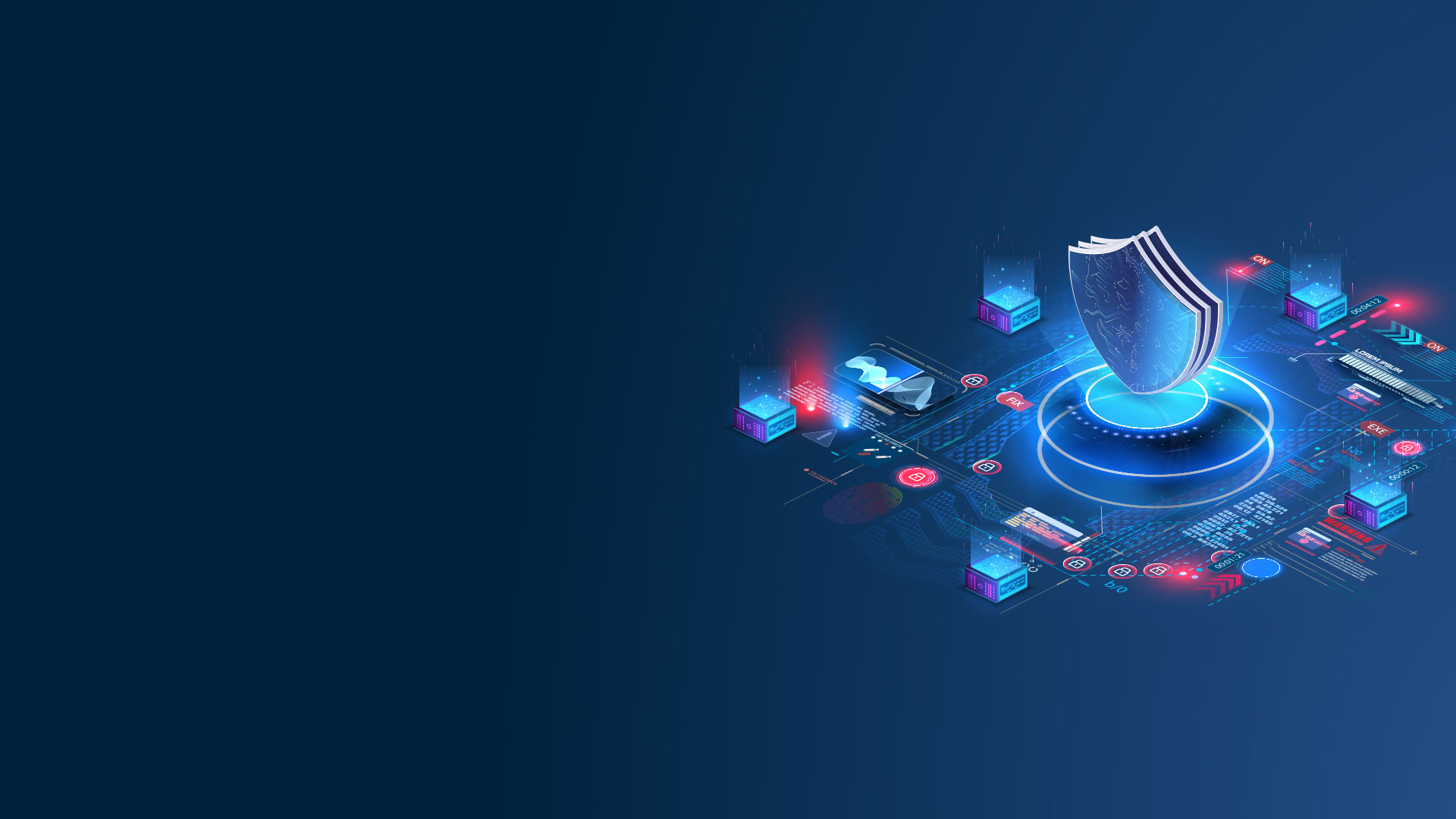What Is the Current Cyber Threat Landscape in the US?
- Ever-Evolving Tactics: Cybercriminals continuously refine their methods—phishing scams, ransomware, malware, and social engineering are more sophisticated than ever.
- Increased Targets: Small and mid-sized businesses, brick-and-mortar stores with online ordering, and even single-location shops that keep digital records are all potential targets.
- Widespread Impact: Large organizations (including some Fortune 500 companies) have suffered breaches, resulting in financial losses, regulatory fines, and legal battles.
Cyber Liability Insurance is a specialized type of coverage designed to help businesses respond to, recover from, and mitigate the financial and legal impact of cyber incidents. It can protect your organization’s digital assets, help pay for the costly process of notifying affected customers, fund security improvements, and cover legal defenses and settlements. Ultimately, a comprehensive cyber liability policy can serve as a crucial safeguard, ensuring that a single cyber event does not cripple your business operations or tarnish your hard-earned reputation.
Why Should Your Business Care About Cyber Threats?
- Data Sensitivity: Storing sensitive customer or employee information (like payment details or personal health data) can make you a prime target.
- Regulatory Requirements: Federal and state laws—along with industry-specific rules such as HIPAA (healthcare) and PCI-DSS (payment card) in US territories—impose heavy fines for inadequate data protection.
- Reputational Damage: A single breach can result in broken trust, lost customers, and a tarnished brand image.
Who Is at Risk?
- Retailers leveraging online ordering systems.
- Professional Service Providers (medical practices, law firms, accountants) storing sensitive client records.
- Non-Profits & Educational Institutions handling donor or student data.
- Manufacturers & Distributors relying on interconnected supply chains and digital tracking systems.
In essence, any organization that uses computers, servers, or mobile devices to store or process data is vulnerable.
When Should You Consider Cyber Liability Insurance?
- Startups and New Ventures: Right from the beginning, as soon as you collect or store any customer information.
- During Expansion: Whenever you introduce new online services, e-commerce platforms, or additional digital products.
- Post-Breach: If you’ve experienced a cyber incident, upgrading your coverage helps prevent future losses and offsets immediate recovery costs.
Where Does Coverage Apply?
- Within All US Territories: Cyber Liability Insurance can cover incidents that occur across the United States, including Puerto Rico, Guam, the US Virgin Islands, the Northern Mariana Islands, and American Samoa.
- Remote Work Environments: Coverage typically applies wherever your employees access company systems—important in remote or hybrid work setups.
How Does Cyber Liability Insurance Protect Your Business?
-
- Financial Safeguard: Covers breach response costs, legal fees, and regulatory fines.
- Operational Continuity: Mitigates business interruption losses when systems are shut down or locked by ransomware.
- Damage Control: Funds identity theft and credit monitoring services to restore trust among affected customers.
- Extortion Payments (Where Legal): Can help negotiate and pay ransoms if needed, and covers costs to rebuild or restore data.
What Are the Key Benefits of Comprehensive Cyber Liability Coverage?
-
Rapid Breach Response & Customer Notification
- Immediate access to forensic investigators and legal counsel.
- Covers costs for notifying affected individuals and helping them secure their information.
-
Coverage for Fines, Penalties & Regulatory Compliance
- Helps pay government-imposed penalties under laws like HIPAA or PCI-DSS.
- Assists with third-party audits and implementing security upgrades.
-
Identity Theft & Credit Monitoring Services
- Provides tools for affected customers to monitor credit reports and protect against identity theft.
- Helps restore customer confidence and reduce reputational harm.
-
Business Interruption & Lost Revenue Reimbursement
- Recovers income lost during downtime caused by cyber-attacks.
- Ensures cash flow stability even when operations are temporarily halted.
-
Cyber Extortion & Ransomware Payment Coverage
- Negotiation support and payment coverage in ransomware scenarios (as legally permissible).
- Covers data restoration efforts and system rebuilds.
-
First- and Third-Party Coverages
- First-Party Coverage: Addresses direct expenses, like breach investigations and system repairs.
- Third-Party Coverage: Protects against lawsuits and claims brought by customers, vendors, or regulatory agencies.
Why Combine Cyber Liability with Professional Liability (E&O) Insurance?
- Holistic Protection: Cyber Liability secures your digital assets, while Professional Liability shields you against claims of negligence or errors in your professional services.
- Coverage Gaps Filled: A robust combined policy reduces the risk of uncovered scenarios, ensuring both cyber and professional exposures are addressed.
How Can Inszone Insurance Services Help You?
-
Decades of Expertise (Over 20 Years)
- Deep understanding of emerging cyber risks and regulatory shifts.
- Experience serving businesses across diverse industries in US territories.
-
Access to Top-Rated Carriers
- Strong partnerships with insurance companies specializing in cyber coverage.
- Tailored solutions that match your risk profile and budget.
-
Prompt Certificate Issuance
- Certificates of insurance provided within 3 hours (with complete documentation).
- Minimizes delays when you need proof of coverage quickly.
-
Customized Policy Design
- Thorough assessment of your operations, IT setup, and compliance requirements.
- Policies adapted to unique vulnerabilities, from large-scale data handling to small-scale digital operations.
-
Ongoing Guidance & Education
- End-to-end support—from initial consultation to claims filing.
- Insights on proactive risk management and cyber hygiene to strengthen future defenses.
Outbound Links & Sources
-
FBI Internet Crime Complaint Center (IC3)
https://www.ic3.gov
Annual reports on cybercrime statistics and trends in the United States. -
U.S. Department of Health & Human Services (HIPAA Regulations)
https://www.hhs.gov/hipaa
Details on healthcare privacy and security regulations. -
Payment Card Industry Security Standards Council (PCI-DSS)
https://www.pcisecuritystandards.org
Guidelines for secure handling of payment card data. -
National Institute of Standards and Technology (NIST)
https://www.nist.gov/cybersecurity
Frameworks and resources for improving cybersecurity posture.
- Insurance Information Institute (III): Cyber Liability
- National Association of Insurance Commissioners (NAIC): Cybersecurity Insurance
- Ponemon Institute & IBM, Cost of a Data Breach Report: IBM Security Data Breach Cost
- U.S. Federal Trade Commission (FTC) on Data Security: Data Breach Response: A Guide for Business
- Verizon Data Breach Investigations Report (DBIR): Verizon DBIR
Want to know more about cyber liability insurance?
Talk to our insurance specialist today!


